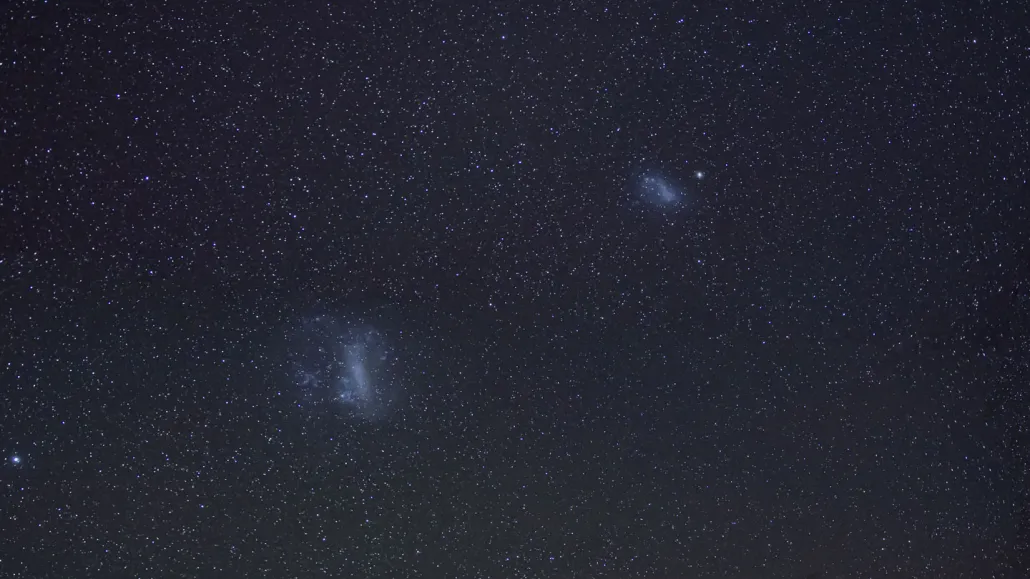
Seen here from Malaysia, the Magellanic Clouds periodically sweep past each other, triggering the birth of new stars.
MXW Stock/iStock/Getty Images Plus

Seen here from Malaysia, the Magellanic Clouds periodically sweep past each other, triggering the birth of new stars.
MXW Stock/iStock/Getty Images Plus